Worksheets Photosynthesis for 5th Grade
Photosynthesis is a vital process that plays a crucial role in our ecosystem, and understanding it is key for fifth-grade students. With the right worksheets, students can delve into the world of photosynthesis and its various components, gaining a deeper understanding of this fascinating subject. Whether you're a teacher searching for engaging activities or a parent looking to supplement your child's learning, these worksheets are designed to enhance knowledge and reinforce important concepts related to photosynthesis.
Table of Images 👆
More 5th Grade Worksheets
5th Grade Math Worksheets PrintableMultiplication Worksheets for 5th Grade
Constitution Worksheets for 5th Grade
Coordinates Worksheets 5th Grade
United States Worksheets 5th Grade
Free Division Worksheets for 5th Grade
Poetry Terms 5th Grade Worksheets
5th Grade Social Studies Printable Worksheets
What is photosynthesis?
Photosynthesis is the process by which green plants, algae, and some bacteria convert light energy, usually from the sun, into chemical energy in the form of glucose. This process involves the absorption of light by chlorophyll in chloroplasts, the use of carbon dioxide and water, and the production of oxygen as a byproduct. Photosynthesis is vital for the survival of most life forms on Earth as it produces oxygen and serves as the basis for the food chain.
What are the main components needed for photosynthesis?
The main components needed for photosynthesis are carbon dioxide (CO2), water (H2O), and sunlight. Additionally, chlorophyll, a green pigment found in chloroplasts of plants, captures sunlight and helps convert it into chemical energy through a series of reactions, ultimately producing glucose and oxygen as byproducts. These components work together in the process of photosynthesis, where plants use light energy to convert carbon dioxide and water into glucose, which serves as food for the plant, and oxygen, released back into the atmosphere.
Describe the process of photosynthesis.
Photosynthesis is the process by which plants, algae, and some bacteria convert light energy into chemical energy in the form of glucose. It takes place in the chloroplasts of plant cells and involves the absorption of sunlight, along with carbon dioxide and water. Through a series of complex reactions, the energy from sunlight is used to convert carbon dioxide and water into glucose and oxygen. This process not only produces food for the plant but also releases oxygen into the atmosphere, making it essential for life on Earth.
How do plants obtain carbon dioxide for photosynthesis?
Plants obtain carbon dioxide for photosynthesis primarily through tiny openings on their leaves called stomata. Stomata allow carbon dioxide to enter the plant while also enabling water vapor to exit, facilitating gas exchange. Once inside the plant, carbon dioxide is used during photosynthesis to produce glucose and oxygen, a vital process for plant growth and survival.
What is the role of chlorophyll in photosynthesis?
Chlorophyll plays a crucial role in photosynthesis by capturing light energy from the sun and converting it into chemical energy that can be used by plants. This green pigment absorbs red and blue light waves while reflecting green light, allowing plants to harness the energy needed to produce glucose and oxygen. The energy absorbed by chlorophyll molecules initiates a series of chemical reactions that ultimately result in the production of sugars and oxygen, supporting the plant's growth and survival.
How does sunlight play a crucial role in photosynthesis?
Sunlight is crucial in photosynthesis because it provides the energy needed to drive the chemical reactions that convert carbon dioxide and water into glucose and oxygen. Sunlight is absorbed by chlorophyll, a pigment found in chloroplasts within plant cells, and this absorption triggers a series of reactions that produce energy-rich molecules used in the synthesis of glucose. Without sunlight, plants would not be able to carry out photosynthesis and produce the energy they need to grow and survive.
What are the end products of photosynthesis?
The end products of photosynthesis are oxygen and glucose. During the process of photosynthesis, plants use carbon dioxide, water, and sunlight to create oxygen as a byproduct and glucose as a form of stored energy for the plant's growth and development.
What role do plants play in the oxygen cycle?
Plants play a crucial role in the oxygen cycle through the process of photosynthesis, where they use sunlight to convert carbon dioxide into oxygen. This process is essential for producing the majority of Earth's oxygen supply, which is then released into the atmosphere for animals and other organisms to breathe. In this way, plants are the primary producers of oxygen and are crucial for maintaining the balance of oxygen in the atmosphere, supporting life on Earth.
How does photosynthesis contribute to the food chain?
Photosynthesis is crucial in the food chain as it is the process by which green plants and other organisms convert sunlight into energy, producing glucose. This glucose serves as food for the plants themselves, as well as for herbivores that consume the plants. In turn, herbivores are consumed by carnivores, creating a flow of energy and nutrients that sustains life within the ecosystem. Ultimately, photosynthesis forms the foundation of the food chain by providing the primary source of organic matter that fuels all living organisms.
Explain why photosynthesis is essential for all life on Earth.
Photosynthesis is essential for all life on Earth because it is the process by which plants, algae, and some bacteria convert sunlight, carbon dioxide, and water into oxygen and glucose. Oxygen is crucial for the survival of most living organisms as it is used in cellular respiration to produce energy. Additionally, glucose serves as the main source of energy for plants and is also a vital source of energy for animals that consume plants. Without photosynthesis, there would be a severe lack of oxygen and food sources, ultimately disrupting the entire ecosystem and resulting in the extinction of many species.
Have something to share?
Who is Worksheeto?
At Worksheeto, we are committed to delivering an extensive and varied portfolio of superior quality worksheets, designed to address the educational demands of students, educators, and parents.

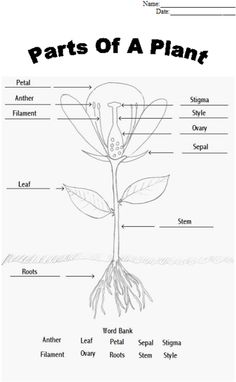




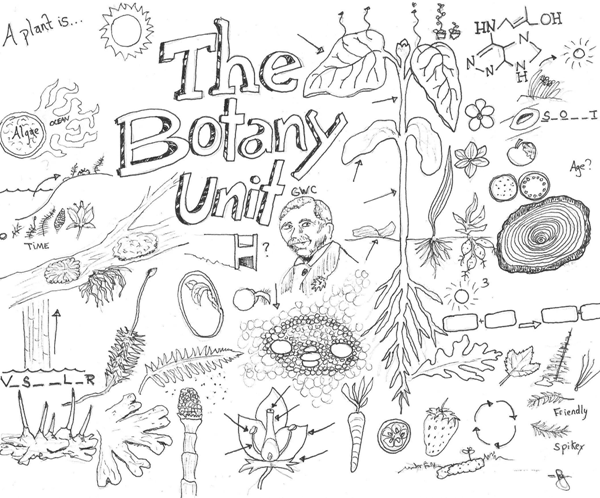

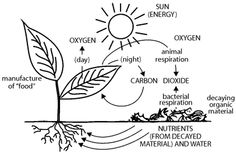
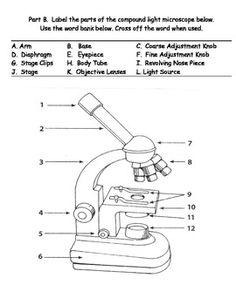
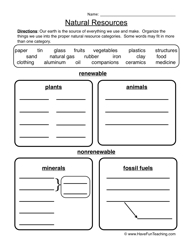
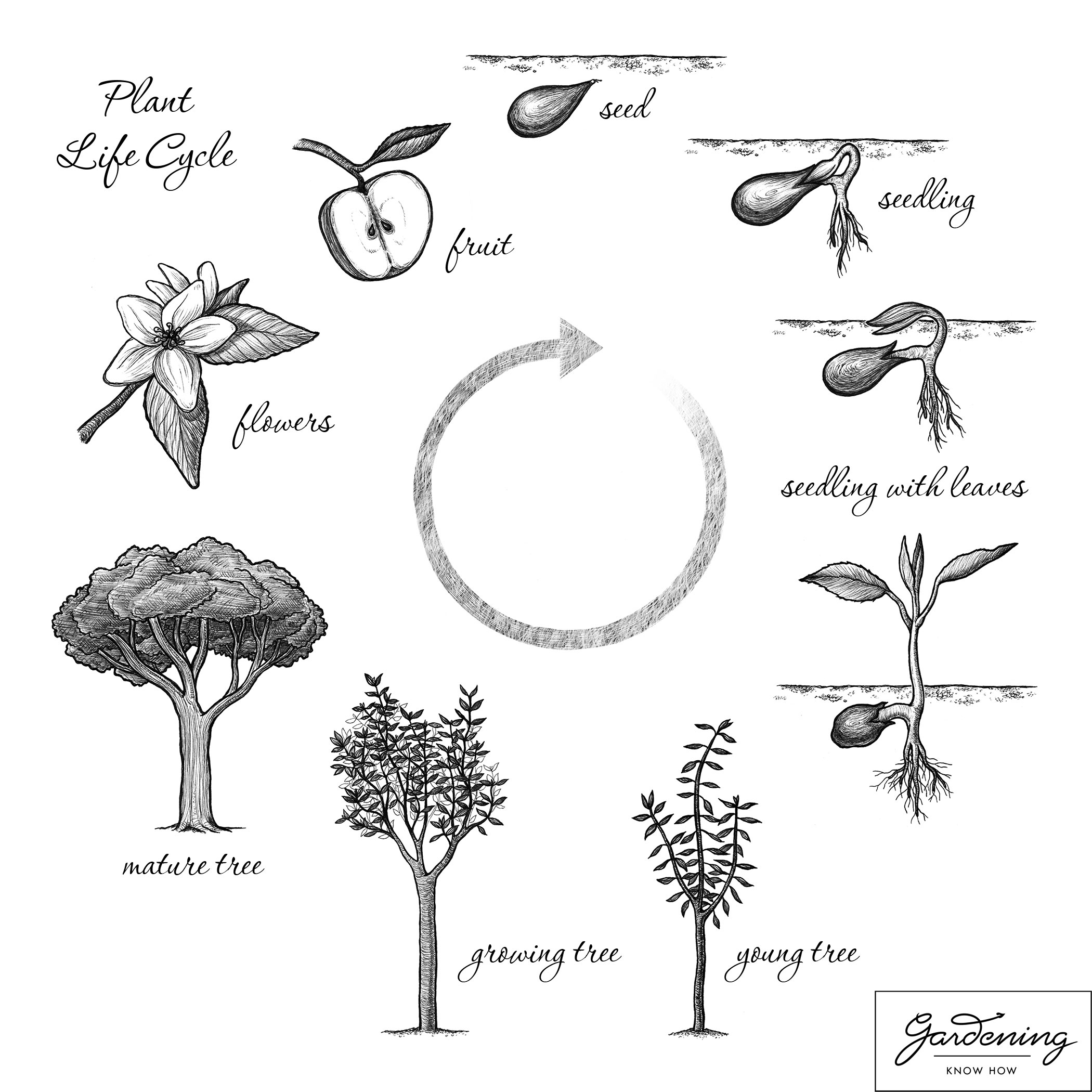














Comments